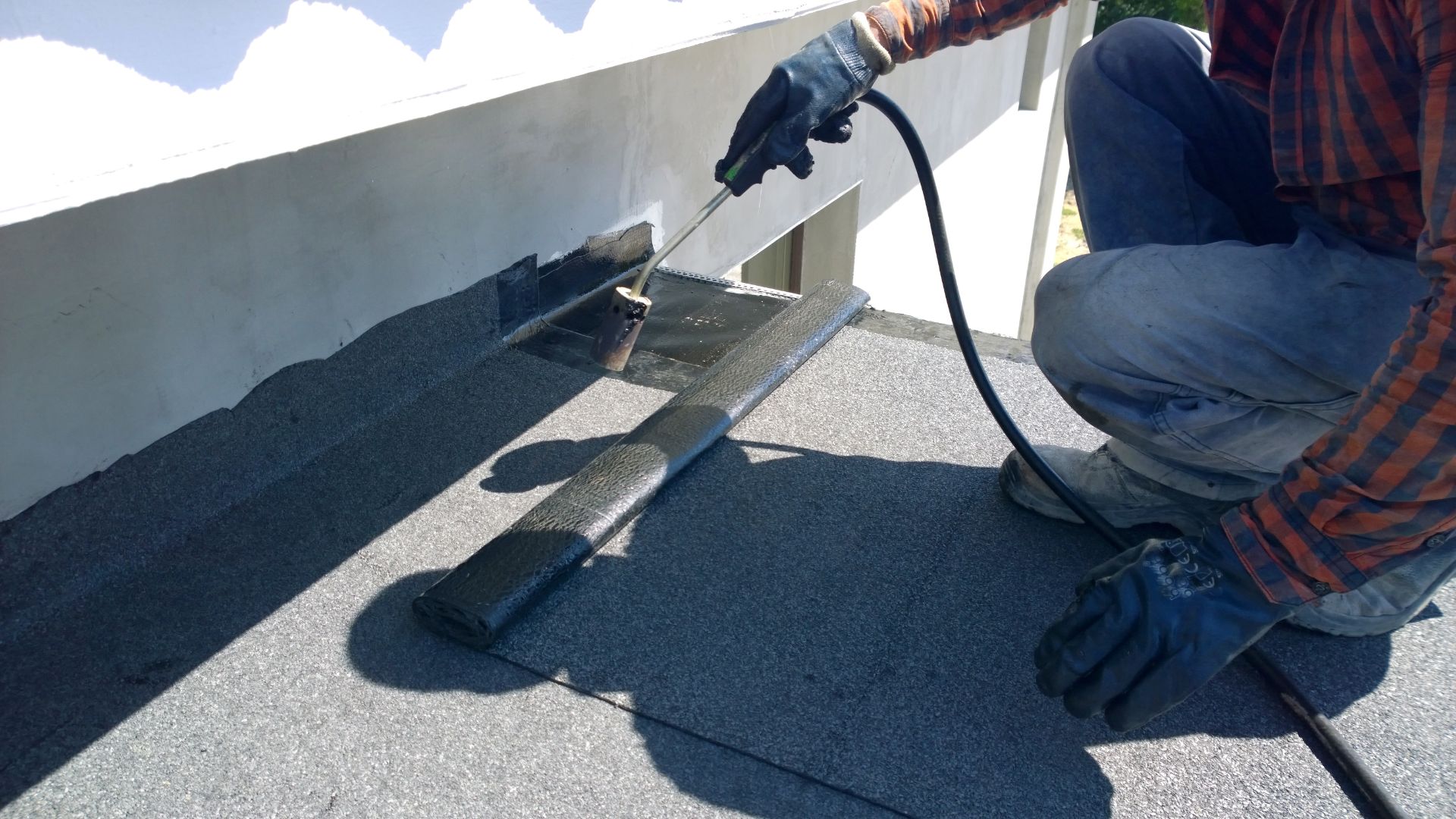Understanding Torch-On Roofing: What Homeowners Need to Know
Torch-on roofing is a durable and reliable roofing solution that has gained popularity for its excellent waterproofing capabilities and long-lasting performance. In this blog, we’ll explore what torch-on roofing is, its benefits, installation process, and maintenance requirements to help homeowners make an informed decision.
What is Torch-On Roofing?
Torch-on roofing, also known as torch-down roofing, is a type of roofing system commonly used on flat or low-slope roofs. It involves applying a bitumen-based material that is heated with a torch to adhere to the roof surface. This creates a seamless, watertight membrane that provides robust protection against the elements.
Benefits of Torch-On Roofing
1. Superior Waterproofing
Torch-on roofing provides exceptional waterproofing, making it ideal for flat and low-slope roofs where water drainage can be a challenge. The seamless membrane prevents water infiltration, protecting your home from leaks and water damage.
2. Durability and Longevity
Torch-on roofs are known for their durability and long lifespan. When properly installed and maintained, a torch-on roof can last 20 to 30 years or more. The material is resistant to UV rays, extreme temperatures, and mechanical damage, ensuring long-term performance.
3. Flexibility and Strength
The bitumen material used in torch-on roofing is flexible, allowing it to expand and contract with temperature changes without cracking or splitting. This flexibility enhances the roof’s ability to withstand various weather conditions and structural movements.
4. Low Maintenance
Torch-on roofing requires minimal maintenance compared to other roofing systems. Regular inspections and basic upkeep can help prolong its lifespan and maintain its protective qualities.
5. Fire Resistance
Torch-on roofing materials are typically fire-resistant, adding an extra layer of protection to your home. This fire resistance can be particularly beneficial in areas prone to wildfires or in buildings where fire safety is a priority.
Installation Process
The installation of torch-on roofing should be performed by experienced professionals due to the specialized equipment and techniques involved. Here’s an overview of the process:
1. Preparation
The roof surface must be clean, dry, and free of debris. Any existing roofing material that is damaged or incompatible with the torch-on system should be removed.
2. Primer Application
A primer may be applied to the roof surface to enhance the adhesion of the torch-on membrane. This step ensures a strong bond between the membrane and the roof substrate.
3. Base Layer Installation
The first layer of the torch-on roofing system, often referred to as the base layer, is rolled out and heated with a propane torch. The heat melts the bitumen, allowing it to adhere to the roof surface.
4. Cap Sheet Installation
The cap sheet is the top layer of the torch-on system. It is installed in a similar manner to the base layer, with careful attention to seams and overlaps to ensure a seamless, watertight finish.
5. Sealing and Finishing
All seams, edges, and penetrations (such as vents and chimneys) are carefully sealed to prevent water infiltration. The finished roof is inspected to ensure complete coverage and adherence.
Maintenance Tips
While torch-on roofing is low-maintenance, regular inspections and simple maintenance can help extend its lifespan and performance:
1. Regular Inspections
Conduct regular inspections, especially after severe weather events, to check for signs of damage or wear. Look for cracks, blisters, or areas where the membrane may be lifting.
2. Clean Debris
Keep the roof surface clean by removing leaves, branches, and other debris that can trap moisture and cause damage over time.
3. Address Minor Repairs Promptly
Small issues, such as minor cracks or blisters, should be addressed promptly to prevent them from developing into more significant problems.
4. Professional Maintenance
Consider scheduling periodic professional inspections and maintenance to ensure the roof remains in optimal condition. Professionals can identify and address issues that may not be visible to the untrained eye.
Conclusion
Torch-on roofing is a reliable and effective roofing solution for flat and low-slope roofs. Its superior waterproofing, durability, and low maintenance requirements make it an excellent choice for homeowners seeking long-lasting protection for their homes. By understanding the benefits, installation process, and maintenance needs of torch-on roofing, you can make an informed decision and ensure your roof provides years of dependable service.


